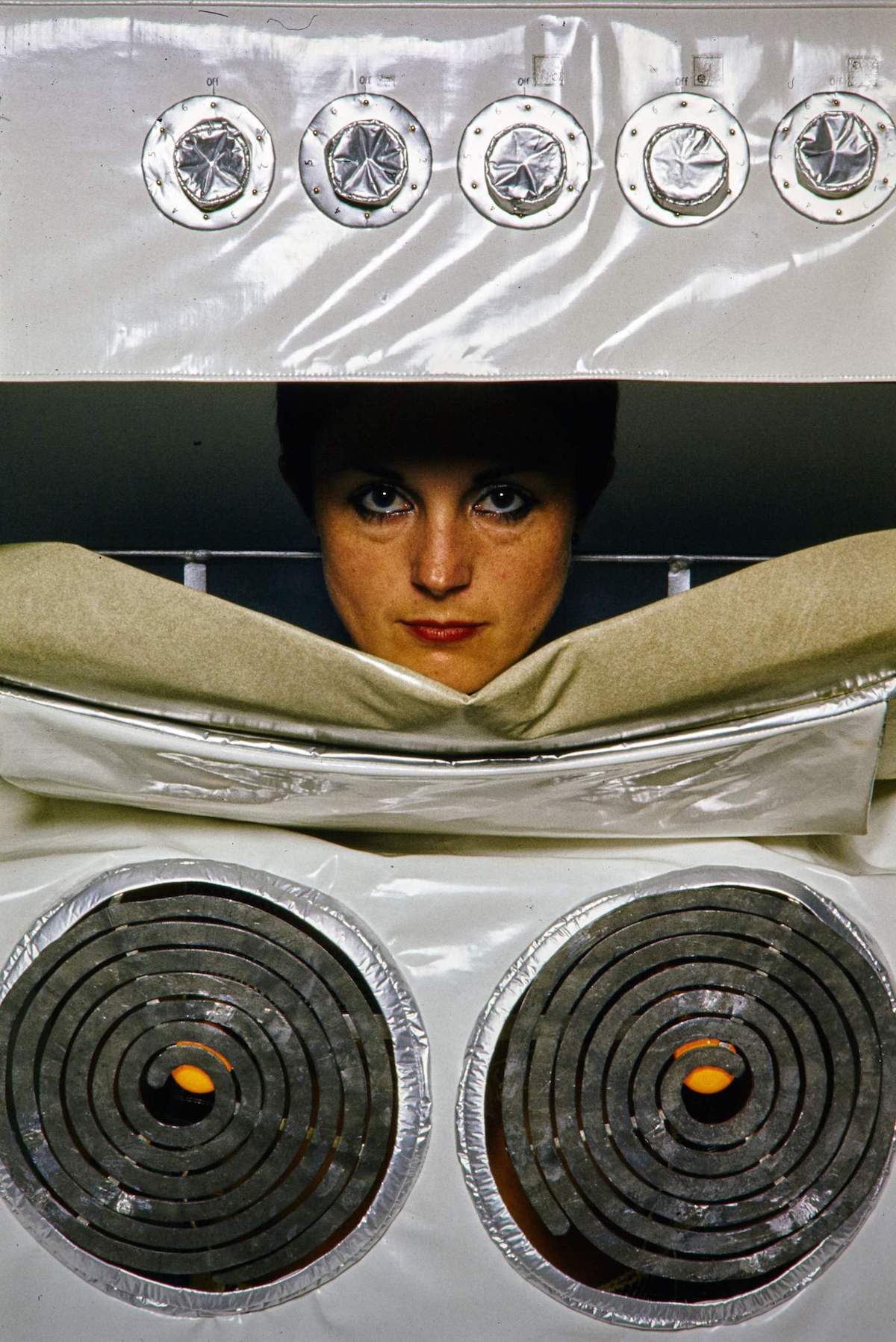In a groundbreaking exhibition opening this week (8 November), Tate Britain will spotlight the trailblazing work of over 100 women artists and collectives in the UK from 1970 to 1990. “Women in Revolt!” is set to be a landmark feminist art exhibition, a comprehensive exploration of how interconnected networks of women artists used radical ideas and rebellious methods to carve an indelible mark on British culture.
Spanning diverse mediums such as painting, drawing, photography, textiles, printmaking, film, sculpture, and archival materials, the exhibition aims to map a creative landscape forged amidst a backdrop of radical social, economic, and political transformations. Through the lens of art, it will chronicle the resilience, determination, and unyielding spirit of these women who defied societal norms and made invaluable contributions to the artistic tapestry of their time.

The exhibition, curated chronologically, begins with pivotal moments in the feminist movement, including the first women’s liberation conference in the UK, Miss World protests, and the formation of the Brixton Black Women’s Group. Artists like Margaret Harrison, Penny Slinger, and Monica Sjöö challenged traditional gender roles, their art subverting societal expectations. The display also highlights collaborative efforts, with artists such as Kate Walker, Monica Ross, and Su Richardson demonstrating innovative ways women found to work collectively.
The evolution of women’s roles in work and domesticity during this period is explored through powerful artworks. Pieces by artists like Bobby Baker and Alexis Hunter tackle the frustration associated with domestic labour. The exhibition also delves into themes of motherhood, childcare, and identity through artworks such as “Who’s Holding the Baby” by The Hackney Flashers and “Clapping Songs” by Tina Keane.
“Punk and Post-punk,” two influential movements of the era, are examined through the lens of collage, photography, and film. Artists and musicians like Marianne Elliott-Said (A.K.A Poly Styrene), The Neo Naturists, and Gina Birch contribute to this vibrant section. The intersection of art and activism is a central theme, with banners, posters, and journals from Greenham Common and Section 28 protests, anti-racism, and AIDS campaigns showcased alongside documentary photography.

The exhibition also explores the significant impact of women artists within movements like the BLK Art Group and the advocacy group Panchayat. Their contributions to the first National Black Art Convention in 1982 and their ongoing influence on British Black and South Asian feminist art discourse are highlighted. Key figures like Lubaina Himid, Sutapa Biswas, and Claudette Johnson are featured alongside specially conserved works, unveiling artistic gems unseen for decades.
As the exhibition progresses through the Thatcher era, it captures women’s responses to Section 28, the visibility of lesbian communities, and the AIDS epidemic. Artists like Del LaGrace Volcano, Tessa Boffin, and Jill Posener offer poignant insights into this period. The exhibition culminates with artworks reflecting the changing economic landscape and women’s evolving roles by artists Joy Gregory, Franki Raffles, and Roshini Kempadoo.
List of artists
Brenda Agard; Sam Ainsley; Simone Alexander; Bobby Baker; Anne Bean; Zarina Bhimji; Gina Birch; Sutapa Biswas; Tessa Boffin; Sonia Boyce; Chila Kumari Singh Burman; Shirley Cameron; Thalia Campbell; Helen Chadwick; Jennifer Comrie; Judy Clark; Caroline Coon; Eileen Cooper; Stella Dadzie; Poulomi Desai; Vivienne Dick; Nina Edge; Marianne Elliott-Said (Poly Styrene); Rose English; Catherine Elwes; Cosey Fanni Tutti; Aileen Ferriday; Format Photographers Agency; Chandan Fraser; Melanie Friend; Carole Gibbons; Penny Goring; Joy Gregory; Hackney Flashers; Margaret Harrison; Mona Hatoum; Susan Hiller; Lubaina Himid; Amanda Holiday; Bhajan Hunjan; Alexis Hunter; Kay Fido Hunt; Janis K. Jefferies; Claudette Johnson; Mumtaz Karimjee; Tina Keane; Rita Keegan; Mary Kelly; Rose Finn-Kelcey; Roshini Kempadoo; Sandra Lahire; Lenthall Road Workshop; Linder; Loraine Leeson; Alison Lloyd; Rosy Martin; Rita McGurn; Ramona Metcalfe; Jacqueline Morreau; The Neo Naturists; Lai Ngan Walsh; Houria Niati; Annabel Nicolson; Ruth Novaczek; Hannah O’Shea; Pratibha Parmar; Symrath Patti; Ingrid Pollard; Jill Posener; Elizabeth Radcliffe; Franki Raffles; Samena Rana; Su Richardson; Liz Rideal; Robina Rose; Monica Ross; Erica Rutherford; Maureen Scott; Lesley Sanderson; See Red Women’s Workshop; Gurminder Sikand; Sister Seven; Monica Sjöö; Veronica Slater; Penny Slinger; Marlene Smith; Maud Sulter; Jo Spence; Suzan Swale; Anne Tallentire; Shanti Thomas; Martine Thoquenne; Gee Vaucher; Suzy Varty, Christine Voge; Del LaGrace Volcano; Kate Walker; Jill Westwood; Nancy Willis; Christine Wilkinson; Vera Productions, Shirley Verhoeven.
Top Photo: Helen Chadwick, In the Kitchen (Stove) 1977. © The Estate of the Artist. Courtesy Richard Saltoun Gallery, London and Rome

